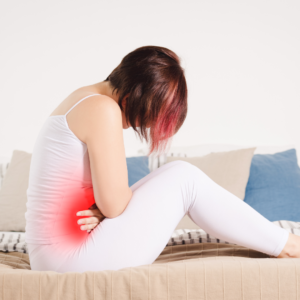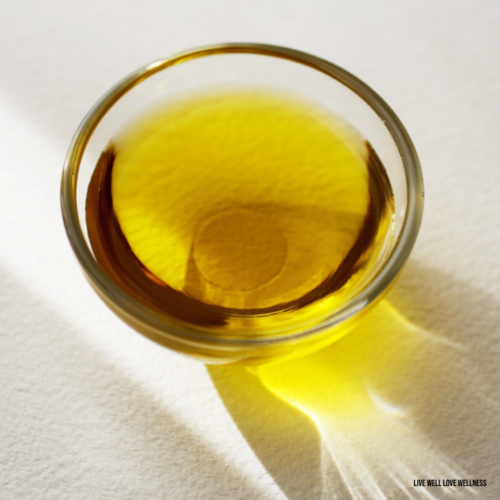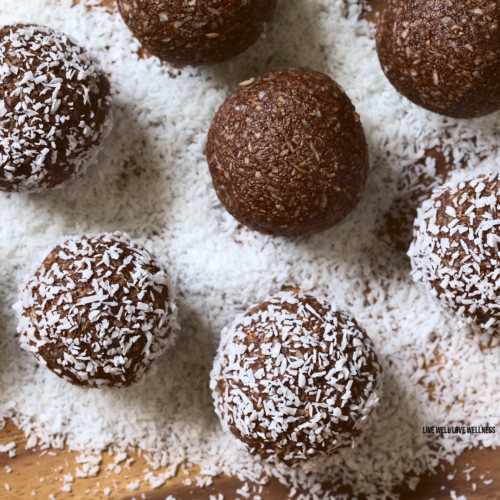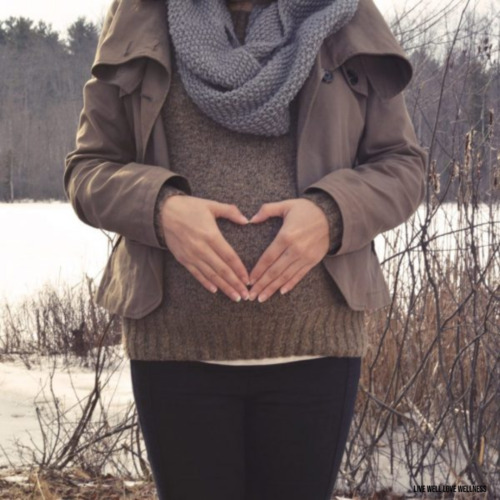Life’s Little Curve Balls: How to live with Endometriosis – Written by Megan Thomson
Megan and I first met at high school and I was always inspired by how giving and caring she was. We continued our friendship out of school always sharing wisdom over a coffee and yummy food. When I heard of your journey Megs and watched how courageous you have been, how strong and so excepting and willing to embrace health you do amaze me! Hats off honey it’s a tough ride but you are embracing your journey and you attitude is incredible. This is a big journey you are on and I admire you sharing your story with everyone…always with the intention that someone else might be looking for guidance and you can change their life for the better through your discoveries and knowledge. You are so willing to help others learn how to live with endometriosis. Thanks for sharing! Tahlia xo
—
Life’s Little Curve Balls: How to live with Endometriosis

For most women, when the time comes to start a family, conception happens naturally and easily. Not necessarily right away of course – it’s estimated that 3 out of 5 couples take up to six months to conceive, and 1 in 4 take six months to one year. When you’re looking forward to all that being a mother brings, a wait of even a couple of months can be hard. The more time that passes, the harder it can be – particularly if you’re one of the 15% of people for which it takes more than a year.
It’s estimated that 1 in 6 Australian couples of reproductive age experience infertility, which is defined as a lack of conception after 12 months of regular unprotected sex for women under 35 years, and after 6 months for women over 35. In 40% of cases, the problem rests with the man, in 40% with the woman, in 10% with both. This can be for a variety of reasons, and this ABC Health and Wellbeing article from 2007 lists many of them.
I learned all this information the hard way, when after roughly 18 months of trying to conceive, I discovered I had severe endometriosis. Like most women, I’d previously assumed endometriosis meant painful or heavy periods – uncomfortable but manageable side effects of being a woman, nothing serious. Endometriosis is actually a chronic inflammatory condition in which the tissue lining the uterus, known as the endometrium, starts to grow in places it shouldn’t – like inside the fallopian tubes and/or outside the uterus entirely – and it can cause infertility.

For most women, tissue growing in the wrong place doesn’t pose a major problem – their body figures out a way to get rid of the rogue tissue, either by absorbing it or breaking it down. But for some women, that tissue sticks to organs and other areas of the abdominal cavity. And once there, it settles in and starts to respond to monthly hormonal changes – when your hormones tell the endometrium to start growing again after your period, the rogue tissue outside the uterus starts to grow too. Left unchecked, it can create small cysts, called endometriomas, and can form a web of tissue that wraps around organs and ligaments, sticking things to each other and causing everything to become angry and inflamed.
The short term result is intense pain, and heavy flow – the symptoms most of us have heard of. But the pain isn’t always limited to your periods – women with endometriosis may experience pain and discomfort throughout their cycle including ovulation pain, pain during sex, pelvic and back pain, uncomfortable bowel movements and/or irritable bowel syndrome, nausea and persistent fatigue. But the long term result can have devastating consequences for a woman, because, if left untreated, endometriosis can cause so much damage to your reproductive organs, and result in such inflammation that natural conception processes become difficult or impossible.
How to live with endometriosis is a common question: and many women are searching for the answer. Endometriosis is estimated to affect one in ten women during their reproductive years (around the ages of 15-49 years), or roughly 176 million women worldwide. I say estimated because many women don’t realise they have it, and according to the Jean Hailes Foundation it can take seven to ten years for many women to receive a correct diagnosis. This is partly because symptoms vary greatly from woman to woman, and can change over time, and also because some women don’t have any symptoms at all.

Pain and how to live with endometriosis symptoms is a challenge for many women, however often accepted as part of our daily life. It may be that we think our level of pain or discomfort is just “normal” so we bear with it, or we don’t push our doctors to investigate further for fear of sounding like a worrier/hypochondriac, especially if we know the doctor is aware we’re trying for a baby. I fell into both those categories. My advice to any woman who feels that something is not quite right with their bodies – particularly if you have dark, heavy flow with large clots, in combination with pain of high or increasing intensity – is to trust your intuition and see your doctor. And if any doctor tells you that this is just “part of being a woman”, “in your head” or maybe you “just have a low pain threshold” get a second opinion.
The most important thing to remember is that severe menstrual pain and/or heavy flow which stops you going about your daily activities is not normal. Irregular cycles over a long period and persistent discomfort throughout your cycle are not normal. But we women are terrible about talking and asking about this stuff, so most of us don’t know what “normal” is. This clever guide from Cycledork is a great resource for helping figure out where your flow sits, and whether you might want to see a doctor.
There’s no test for endometriosis – the only way to definitively diagnose the condition is with a short surgical procedure called a laparoscopy, where a surgeon makes a few small incisions in your abdomen and inserts a scope to have a look – but your GP can suggest treatments such as putting you on the pill for a short time to see if that helps, and/or prescribing stronger pain medication to help you manage. They will most likely refer you to a specialist gynaecologist for further examination. If they don’t, but you feel that you would like to see a specialist, just ask for a referral.

I never knew how seriously endometriosis could affect a woman’s life until it interrupted mine – and it’s made me realise how much better we women need to become at sharing information and our journeys with one another. I’ve found that by being brave and sharing my experiences, it’s given other women the courage to speak up and share their journeys too. I’ve discovered just how many women are affected by endometriosis, infertility, and all sorts of other painful situations around pregnancy and trying to conceive, such as miscarriage – and how by talking about it, we can all lighten our loads and find extra strength to face our challenges.
Things you can try
As you navigate life and how to live with endometriosis, there are things you can be trying.
If you have endometriosis, or even just difficult cycles, there are a few natural therapies you can try to help improve things. However it’s important to remember that every woman is different and each body has different needs and considerations, so you should always work with your doctor and other health professionals to find the right balance for you. Getting good advice from a qualified professional that you trust is THE most important thing, and will set you on the right track to feeling and being well.
Try taking Vitex (castus-agnus or chaste tree)
Vitex, is derived from the fruit and seeds of the Chaste Tree, a flowering shrub from the Mediterranean region. It’s now very easily to get in tablet form at your chemist, but you can also find it in liquid form or as a tea. In some countries, doctors actually prescribe vitex to women with endometriosis. Since taking vitex every day, I feel that my cycles are more balanced, my periods are lighter and brighter, I have more energy and my hormones don’t interfere with my mood.
Increase your Omega 3’s
Various studies have found that Omega 3’s help reduce inflammation in the body, so taking fish oil or a EPA/DHA compound may help.
Give acupuncture a go
Acupuncture has been used in eastern traditions for thousands of years to assist the body in regaining balance. Many studies have investigated the impacts of acupuncture on fertility, and some doctors and IVF clinics will recommend having acupuncture in combination with other therapies. For me, regular treatments since my surgery have helped make my cycles more regular, balanced and gentle. I feel like they’ve helped me tune into my body more, and also given me a real energy and mood boost. Or maybe it’s just because I have 30 minutes of relaxation time scheduled into my diary on a regular basis – but it works wonders!
Lift your mood with essential oils
While I haven’t personally found that oils reduce my pain, I do find them helpful in reducing some of the discomfort associated with cramping, and lifting my mood. I’ve found that a massaging a mixture of clary sage and rose geranium or lavender oil on my abdomen and then applying a heat pack helps me to relax, and soothes the awful tugging feeling we get from cramps. And citrus oils are wonderful when you need a burst of cheeriness or energy in your day.
Megan xo
Resources on how to live with endometriosis:
Jean Hailes Foundation for Women’s Health – jeanhailes.org.au
Australia’s peak body for women’s health, Jean Hailes is “dedicated to prevention of illness and improving women’s knowledge and understanding of important health issues from adolescence to midlife and beyond.” They have excellent resources including fact sheets, podcasts, webinars and recipes.
Nat Kringoudis, Traditional Chinese Medicine practioner – Natkringoudis.com
Nat is a brilliant advocate of wellness and fertility – not just in terms of getting pregnant, but creating a fertile, vibrant life. Her clinic The Pagoda Tree in Albert Park, Melbourne offers a range of services for women experiencing endometriosis, polycystic ovarian syndrome and various other conditions, and her personal blog, ebooks and online courses are a brilliant source of information and inspiration. Check out her new community platform The Wellness Collective too.
World Endometriosis Research Foundation – endometriosisfoundation.org
Endometriosis Australia – endometriosisaustralia.org




